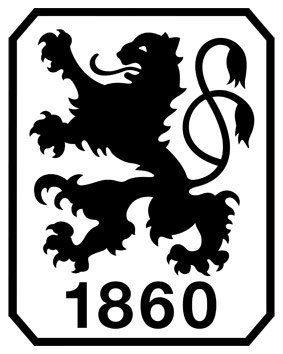| Chronic Ankle Joint Instability |
|
Chronic ankle joint instability
|
Chronic ankle joint instability is often a consequence of reoccurring injuries to the upper ankle joint, whose extent and long-term effect were underestimated as single injuries. The individual traumas are often less stressful for the patients and impede sports activity for only a short period of time. It is not until the reoccurrence of the traumatisation that chronic loosening of the joint structures occurs, which have no effect on everyday life, but do however lead to pain and limited functionality during sports activity.
The lateral-ligament-apparatus of the upper ankle joint is most frequently affected, which increasingly loosens due to reoccurring twisting injuries.
In the case of persistent pain in the region of the ankle joint, conventional x-rays are firstly undertaken, which occasionally prompt for an MRI scan to be undertaken. These are however, often reported as unremarkable. Here, the actual diagnosis can only be made by carrying out a careful clinical examination alongside in-depth questioning of the patient.
|
Therapy
|
The leading problem, namely the noticeable loosening of the ankle joint with pain while weight-bearing, must be repaired. Depending on the findings, the reconstruction of the affected ligament structures and sometimes even a complete replacement of the ligament structures is necessary for this purpose. A sensation of constriction (impingement) of the upper and lower ankle joint frequently occurs as a consequence of chronic instability, so that in the course of the operative surgery, an ankle joint endoscopy (arthroscopy) is normally undertaken in order to identify and if possible, to remove impinging soft tissue. The actual stabilisation of the ankle joint occurs with an open intervention with replacement or strengthening (augmentation) of the ligament structures. The utilisation of so-called, isometric procedures' for the ligament structures is of considerable significance for the retention of full sporting ability, especially competitive sport, in order to retain the maximum movement of the ankle joint.
Depending on the therapy undertaken, the aftercare occurs in a cast splint for approx. 2 weeks with subsequent continuation of immobilisation for a further 4 weeks in an orthopaedic walker (Vacuped).
|
Aftercare
|
| For the first four weeks, manipulations of the ankle joint must not be carried out after reconstruction of the ankle joint-supporting apparatus, so that the main focus of the physiotherapy methods lie on the de-blocking of the wound area and improvement of the outflow. At the earliest, active, assistive movement exercises can be commenced four weeks after the operation. From the sixth week, the goal of the treatment is the step-by-step restoration of the full range of movement as well as the restoration of muscular balance.
|
Inability to work
|
| The recommencement of light office work can occur after 1 to 2 weeks, so long as under-arm crutches can be used.
|
Ability to do sport
|
| Running and jumping sport types should be avoided for 3 months after the operation so that competition training can be recommenced at the earliest after 12 weeks.
|
|
|
SPECIALISED ORTHOPAEDIC SURGERY, ARTHROSCOPY, SPORT TRAUMATOLOGY, AND REHABILITATION
Arabellastr. 17
81925 Munich
Germany
Tel: +49. 89. 92 333 94-0
Fax : +49. 89. 92 333 94-29
Diese E-Mail-Adresse ist gegen Spam-Bots geschützt, Sie müssen Javascript aktivieren, damit Sie sie sehen können.
Dr. Erich H. Rembeck
Impressions of the ER Centre for Sport Orthopaedics in Arabellapark.
>> Photo Gallery
|










